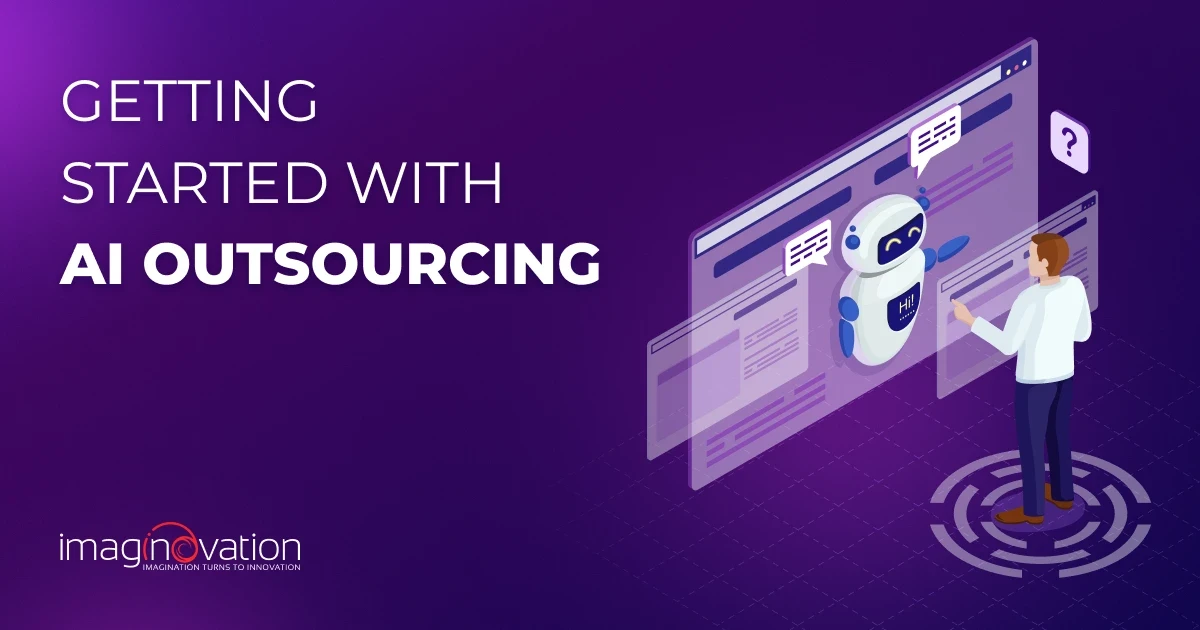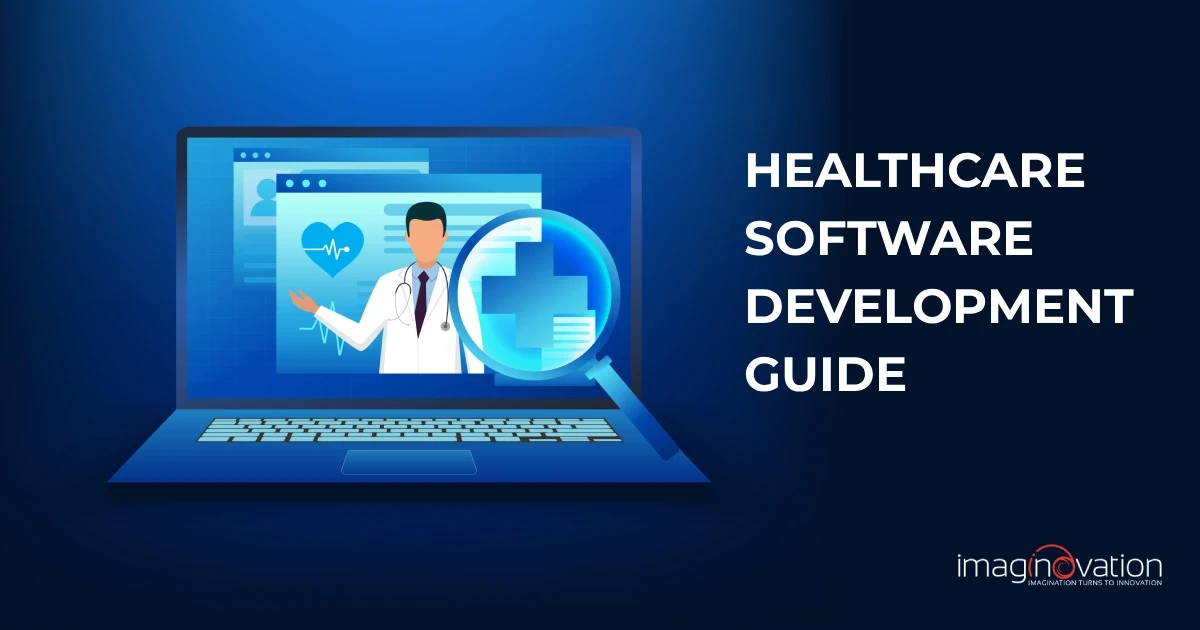The conversation about using Generative AI in legal operations is no longer theoretical. In fact, AI is already becoming part of how modern legal operations run.
But as clients’ expectations rise and regulators move faster, in-house teams that hesitate to use AI risk becoming bottlenecks.
To stay competitive and actually benefit from this shift, legal organizations need to elevate their services beyond traditional methods. From contract summarization to compliance trend analysis, GenAI offers plenty of practical ways to refine legal operations and deliver measurable value.
The question is: are you ready to shift from reactive firefighting to proactive, data-driven legal delivery?
Tag along. In this blog, we’ll cut through the hype and show how you can adopt generative AI in legal services with confidence.
We’ll also explore GenAI use cases for legal teams, the decision points that matter, and the success metrics worth watching.
Let’s dive in.
What Are the Top Use Cases of GenAI in Legal Operations?

Generative AI is becoming a backbone for lawyers, supporting them to focus on strategic work. Moreover, it's reshaping how legal teams deliver high-volume, high-value tasks.
Let's look at practical use cases driving this change:
1. Contract Review and Redlining Automation
When it comes to time-consuming, repetitive tasks, one is reviewing contracts.
With GenAI tools, legal teams can expect automatic reading, analysis, and highlighting of clauses that deviate from company standards or pose risks. Teams can review suggested edits in real time.
👉 Example:
Let's say your team is reviewing a vendor agreement; now, with GenAI, it can flag a missing data privacy clause. It can prompt language suggestions aligned with internal policy, reducing manual review.
✒️ Pete Peranzo, Co-founder of Imaginovation, reiterates that the fastest wins for legal teams using GenAI include utilizing it for contract review and redlining, which provides immediate time savings by automating the analysis of routine agreements.
“Using it to save time where you’re focusing,” Pete explains, specifically by summarizing documents and identifying main concerns in large contracts, offers quick efficiency gains.
2. Compliance Monitoring and Regulatory Change Tracking
Picture this: laws and regulations keep changing across regions. Legal teams can be in a tizzy with these changes.
GenAI can help in this context by continuously scanning government portals and legal databases. It can support identifying new rules, summarizing them, and suggesting compliance actions.
👉 Example:
Consider a new cybersecurity law introduced in Singapore; with GenAI, it can instantly summarize the key points and alert your compliance officer about potential updates required in the company policy.
3. Legal Research and Precedent Summarization
What goes into traditional legal research? It involves digging into hundreds of cases, judgments, and statutes.
Now with GenAI, this process is simplified because it can analyze large legal databases. Your team can get relevant cases and summaries with clear insights.
👉 Example:
Let's say your team is working on a trademark dispute. GenAI can support your team by generating a summary of similar cases.
It can share outcomes that support the legal team's focus on strategy rather than search.
4. Knowledge Management and Self-Serve Legal Portals
When it comes to repetitive queries from business teams, legal departments frequently receive them, ranging from NDAs to contract terms and compliance procedures.
With GenAI tools, businesses can look forward to chatbots and portals that promptly answer these queries.
👉 Example:
A sales executive types, “Can I use the short NDA for a new client in Europe?”
The GenAI assistant can draw out the region’s requirements and reply, “Use the standard EU NDA template,” along with a download link.
5. Litigation Support, Case Prediction, and Risk Assessment
When pursuing litigation, legal teams need data to assess the likelihood of success and potential risks. GenAI can support the analysis of past case data.
The technology can also identify similar disputes and predict tendencies to inform the prediction of outcomes or settlement values.
👉 Example:
Consider there's a product liability case; in this context, GenAI can review hundreds of similar cases.
It can predict a 70% chance of settlement, helping the legal team to decide whether to negotiate or proceed to court.
Also Read: Agentic AI vs Generative AI
✔️ Bottom line: GenAI is transforming legal operations and moving from a more reactive to a strategic approach. Thus, teams are more empowered to work smarter, backed by sharper insights.
How Do You Implement GenAI in Legal Operations? The Roadmap
GenAI in legal operations is becoming increasingly advanced and user-friendly. Are you considering implementing GenAI in legal operations? This practical roadmap can help.
Step 1: Identify High-Value Use Cases
The initial step will gain access to your operations and identify all the areas where GenAI can have an immediate and quantifiable impact.
One good place to start is to identify repetitive, high-volume tasks that could waste time and resources.
They might be contract review, compliance verification, and legal research. These are quick-win opportunities because they involve established processes and routine data patterns.
All stakeholders must be on the same page, from Legal Ops to General Counsel and IT. When there is cross-functional collaboration, it ensures the use cases support both legal and organizational goals.
Then, demonstrate value through a pilot. Consider a small sandbox test to prove ROI. It will also identify risks and refine governance before scaling further.
Step 2: Select the Appropriate Method
There are plenty of options in the market today for GenAI, and it is great to have a choice. It can get overwhelming, so a good place to start mapping to the business objectives.
The other factors to consider are risk tolerance and technical sophistication.
Next, you can choose between off-the-shelf platforms and custom solutions. The former is suitable for those seeking fast deployment and routine applications (such as document summarization or clause extraction).
However, the solution may not offer customization or control over data privacy.
When security, integration, or intellectual property issues are paramount, one can consider custom-developed solutions. They offer greater control and higher alignment with distinctive workflows.
Of course, go for hybrid solutions that leverage the strengths of both worlds, combining modular, prebuilt building blocks with organization-specific smarts. A balanced approach helps legal teams enjoy the benefits of technology without compromising control.
✒️ Pete explains, “Off-the-shelf tools are faster to implement and cheaper upfront, but limited in customization. Custom solutions are needed for sensitive data, unique workflows, or heavily regulated industries," emphasizing the importance of tailored AI for specialized legal needs.
Step 3: Tackle Infrastructure, Data, and Security
GenAI is easier to incorporate into legal functions when you work on two aspects: data readiness and governance.
Another aspect that needs attention is establishing strong data governance frameworks that can help you manage privacy. This must also encompass confidentiality and intellectual property risks.
Yet another facet is to avoid data silos, which can be achieved by ensuring integration with existing enterprise systems, document management systems, knowledge repositories, and ERPs.
Further, plan for model stewardship by defining how you’ll monitor performance. Plus, think about how you will manage model drift, address bias, and perform validation over time.
Remember that AI adoption is more straightforward when there is greater transparency and robust safeguards.
✒️ Pete underscores that legal teams can address data privacy and accuracy concerns in GenAI by implementing a human-in-the-loop approach. He explains, "Whenever you are using \[GenAI], it needs to be validated and checked by an expert in a unit because it's not ready."
Step 4: Pilot, Measure, and Scale
A great way to implement GenAI is to treat your pilot like a controlled experiment. You can focus on specific objectives and KPIs.
For example, consider reducing contract turnaround time by 30% or halving manual review hours.
One aspect you can continue is to employ a human-in-the-loop model to help ensure accuracy and establish user trust.
Next, measure results systematically, time saved, cost avoided, and error rates, and provide success metrics to spur buy-in.
After validation, scale adoption increments. Scale what succeeds, and sunset what fails.
Step 5: Scaling and Change Management
GenAI adoption's most daunting challenge isn't technology, it's change management.
Therefore, you must upskill lawyers and paralegals in the best practices for using GenAI tools. Focus on educating on prompt design, critical evaluation, and ethical use.
Yet another aspect is to establish well-defined policies and SOPs for standard, compliant use across teams.
Further, you can build cultural momentum by winning. This can be further supported by highlighting success stories and by communicating a clear vision to all stakeholders on how AI complements, rather than displaces, human expertise.
Transformation becomes truly meaningful when people, processes, and technology work in harmony.
✒️ Pete highlights the most common mistakes in implementing GenAI in legal operations. He cites that jumping into AI projects without a well-defined use case, driven more by hype than by actual problem-solving needs, can lead to ineffective results.
He shares that overlooking the importance of establishing governance and policies at the outset, particularly concerning data privacy, validation processes, and accountability measures, increases the risk of non-compliance and errors.
These can be addressed from the start with precise planning, targeted use cases, and robust governance frameworks.
✔️ Bottom line: Successful GenAI implementation in legal operations goes far beyond adopting technology. In a nutshell, it’s about aligning people, processes, and governance that can drive measurable, sustainable transformation.
4. What Risks and Challenges Come With GenAI in Legal Operations (and How Do You Mitigate Them)?
Let's consider some of the leading risks and challenges.
1. Hallucinations and Inaccurate Facts
🚩 Risk:
Do take a moment to reflect on the recent Deloitte case, where a $440,000 Australian government report contained several AI-generated errors. The report also had fabricated court quotes and fictional references.
What does it reflect?
It shows that AI models are still developing. It is capable of creating information riddled with factual inaccuracies and potentially deceptive.
Thus, it impacts legal accuracy and decision-making.
✅ Mitigation:
You need to keep human-in-the-loop reviews ongoing. It is also critical to have a procedure in place that double-checks facts. Yet another dimension is to apply models to low-risk tasks initially and then to well-specified ones.
2. Data Privacy and Confidentiality Risks
🚩 Risk:
Certain client or case data may be sensitive, and its disclosure can prove hazardous.
Hence, while training the model or even when using the API, such client or case data could be exposed.
✅ Mitigation:
You can mitigate such situations by adopting on-premise or private cloud deployments. Yet another way is to remove or mask the original data by anonymizing it. You can also ensure compliance with data protection laws (GDPR, HIPAA, etc.).
3. Regulatory and Ethical Concerns
🚩 Risk:
At times, regulatory standards for AI-generated content have gaps and aren't clear, potentially putting firms in legal jeopardy and damaging their reputations.
✅ Mitigation:
Consider working within AI governance standards; create audit trails and ensure openness about AI-augmented outputs.
4. Model Drift, Maintenance, and Vendor Dependence
🚩 Risk:
Model performance may decrease over time and, at times, even become dependent on some vendor patches and APIs.
✅ Mitigation:
Periodically check the models and retrain or fine-tune them. Focus on diversifying vendor options where possible, and have internal expertise to ensure continuity.
5. Change Resistance and Skills Gaps
🚩 Risk:
Legal teams might resist adoption due to distrust or unfamiliarity with GenAI tools.
✅ Mitigation:
Offer formal change management, training programs, and engage end-users early in pilot projects to establish confidence.
✔️ Bottom line: GenAI works best with substantial human support. As the models are mature, they will need a delicate balance with ethical governance and continuous learning.
Wrapping Up
The future for legal departments is already looking promising.
Those teams that can leverage technology responsibly will be able to advance strategic contributions throughout the organization.
Where do you start?
Collaborate with Imaginovation to create and deploy customized GenAI solutions with sound security, ethical leadership, and quantifiable ROI.
Get ready to give your legal team the confidence to excel in the digital world.
Our team is an expert at developing game-changing solutions. We can help you effectively implement GenAI in your legal operations.
Ready to build an app, but not sure where to start?
We've got you covered. Click the button below to get started.





